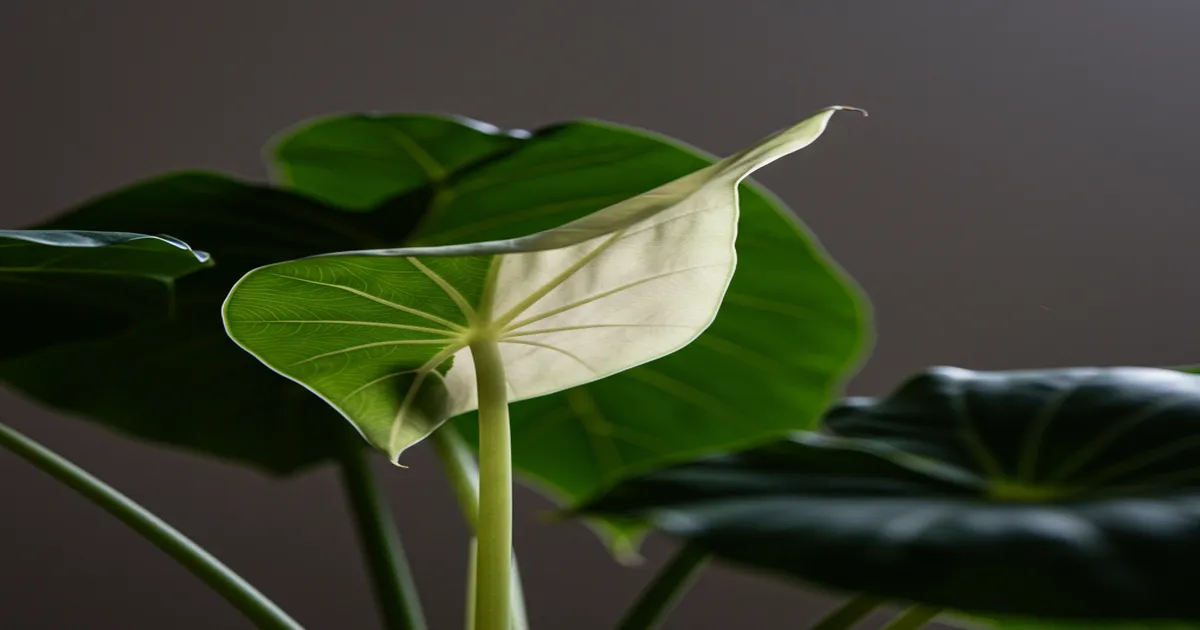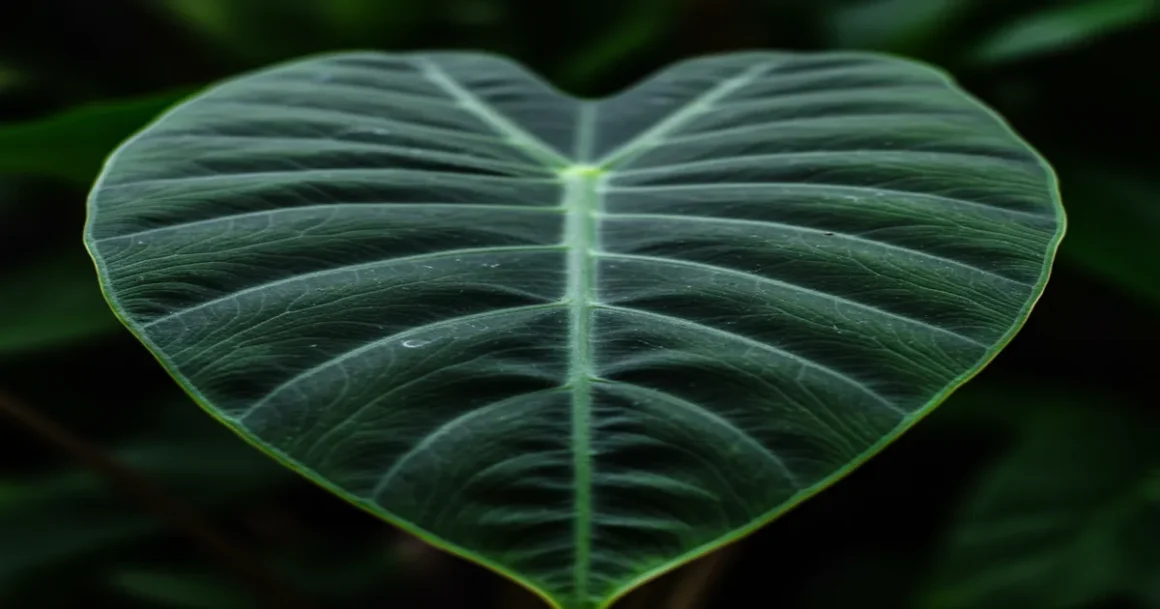Among all Alocasia hybrids, Alocasia maharani, also known as ‘Grey dragon’, stands out as one of the most distinctive. Originating from the tropical rainforests of Southeast Asia, this jewel Alocasia is recognized for its grey-green, intricately textured leaves. A popular choice for indoor cultivation, the maharani is more forgiving in terms of care compared to some of its delicate counterparts. Due to its low maintenance requirements and striking aesthetics, this rare Alocasia variety may be challenging to acquire but is certainly worth the search. It’s important for pet owners to note that Alocasia maharani is toxic to cats and dogs.
Care Tips for Alocasia Maharani

Caring for the Alocasia Maharani is similar to caring for other types of Alocasias. Some growers find it easier to care for than other varieties like the Alocasia dragon scale. Alocasias, in general, are known to be somewhat particular about their growing conditions and are not the most resilient houseplants. Consistent moisture is crucial for their survival indoors, so it’s important not to forget to water them regularly.
While the Alocasia Maharani is a flowering plant, its flowers are usually not as valued as its stunning foliage. It is common for this plant not to bloom when grown indoors. Therefore, do not worry if you do not see any flowers. Some growers even opt to remove the flowers to divert the plant’s energy back into foliage production.
Light
Alocasia Maharani thrives in bright, indirect light for several hours a day when grown indoors. Direct sunlight, especially harsh afternoon rays, should be avoided as they can scorch the plant’s delicate leaves.
Soil
To prevent overwatering and root rot, Alocasia Maharani requires a well-draining soil mix that is airy and nutrient-rich. A combination of potting soil, perlite, and orchid bark is recommended.
Water
The soil should be consistently moist but not waterlogged between waterings. During the active growth period in spring and summer, water the plant once or twice a week. Reduce watering in fall and winter as the plant’s moisture needs decrease.
Temperature and Humidity
Alocasia Maharani originates from Southeast Asia and prefers warm, humid conditions. While it can adapt to average household temperature and humidity levels, providing additional humidity can promote better growth. Placing a small humidifier nearby or keeping the plant in naturally humid rooms like the kitchen, bathroom, or laundry room can be beneficial. When moving the
Growing Alocasia Maharani through Corm Propagation

Alocasia maharani can be propagated by dividing and growing its corms. While not as simple as propagating other houseplants like pothos from stem cuttings, corm propagation is achievable with patience and care.
Corms can be separated from the mother plant at different stages, from a single corm to a more developed small plant. The following steps outline how to cultivate a corm from a single bulb without soil. In case you have a corm with established growth, proceed to step three.
A Guide to Potting and Repotting Alocasia Maharani

Repotting the Alocasia Maharani is not necessary frequently; it thrives in the same pot for a few years or until its roots outgrow the container. When roots start emerging from the drainage holes, it is time to transfer it to a larger pot. It is advisable to repot during the plant’s active growth phase in spring or summer to avoid shocking it.
Select a new pot for your Alocasia Maharani that is slightly larger, about one to two inches, than the current one. Transferring it to a significantly larger pot may result in accidental overwatering, so it is recommended to increase the pot size gradually. Carefully remove the plant from its current container, gently shake off excess soil from the roots without causing damage. Fill the new pot with fresh soil, place the plant inside, and firmly pack the soil around the roots. Water thoroughly after repotting and return the plant to its original thriving spot.
Common Pests & Plant Diseases

Alocasia maharani does not have a specific susceptibility to any particular pests, but it is important to monitor for signs of spider mites, fungus gnats, mealy bugs, and thrips, as these are commonly found pests in houseplants. This plant is vulnerable to root rot, which can develop in overly damp soil conditions. To prevent root rot, make sure the plant’s container has drainage holes and use a well-draining soil mix to facilitate proper water drainage from the plant’s roots.

